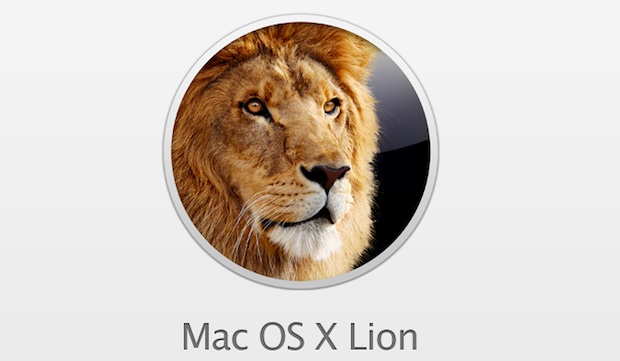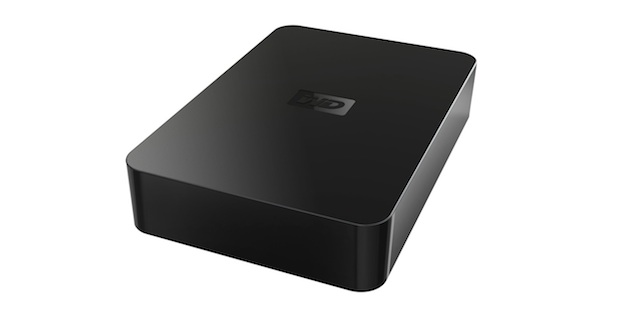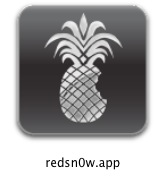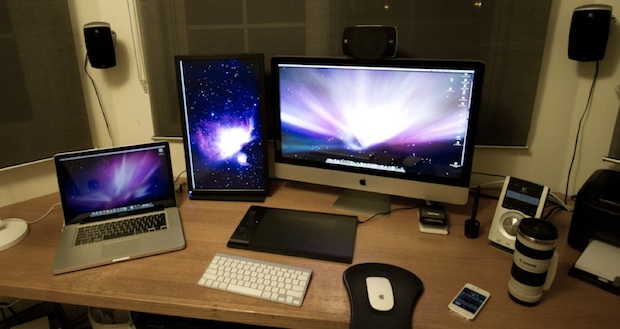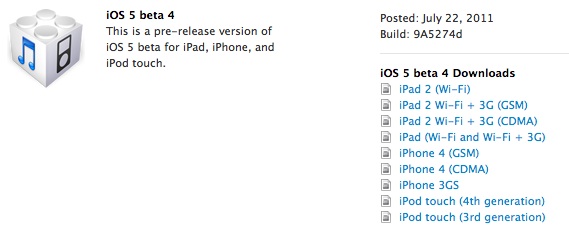iOS 4.3.5 Jailbreak Possible with Redsn0w
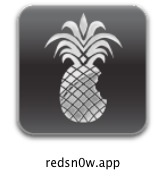 For the die-hard jailbreakers out there, you can jailbreak the newly released iOS 4.3.5 using the same redsn0w 0.9.8b3 version that worked for 4.3.4.
For the die-hard jailbreakers out there, you can jailbreak the newly released iOS 4.3.5 using the same redsn0w 0.9.8b3 version that worked for 4.3.4.
As before, the big caveat here is that it’s a tethered jailbreak, meaning it must be reconnected to a computer anytime you want to reboot the iOS device or if it runs out of battery.
This is what you’ll need:
- Download Redsnow (Mac)
- Download Redsnow (Windows)
- iOS 4.3.4 IPSW files
- iOS 4.3.5 IPSW files
You need to download both versions of the iOS firmware for your iPhone, iPad, or iPod touch (iPad 2 is not supported), and you’ll want to point redsn0w at the older 4.3.4 firmware. The rest of the procedure is the same as always, just follow the onscreen instructions to put the iOS device into DFU mode, then boot tethered, and you’ll be jailbroken as expected.
Personally, I don’t like tethered jailbreaks, but for many users they don’t mind the tethered boot process since it is fairly rare that an iPhone ever turns off, and this is for you.

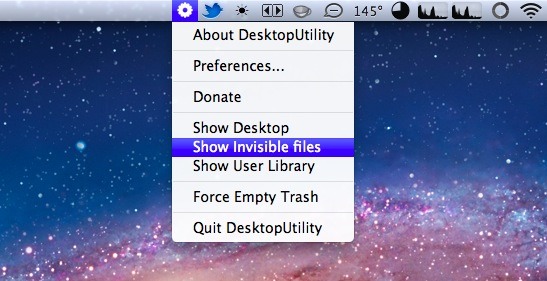

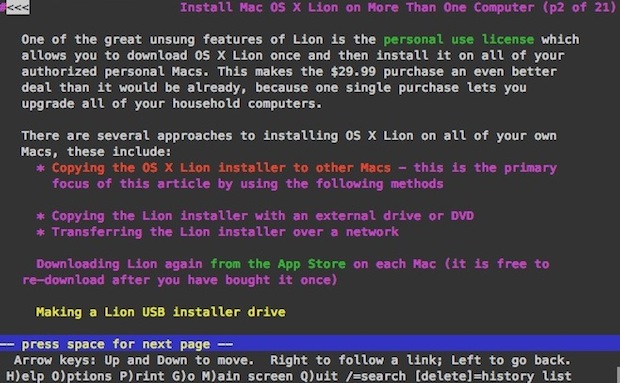

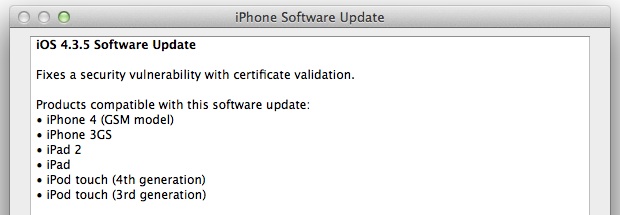

 MacPorts 2.0 has been released, the new version includes full
MacPorts 2.0 has been released, the new version includes full 